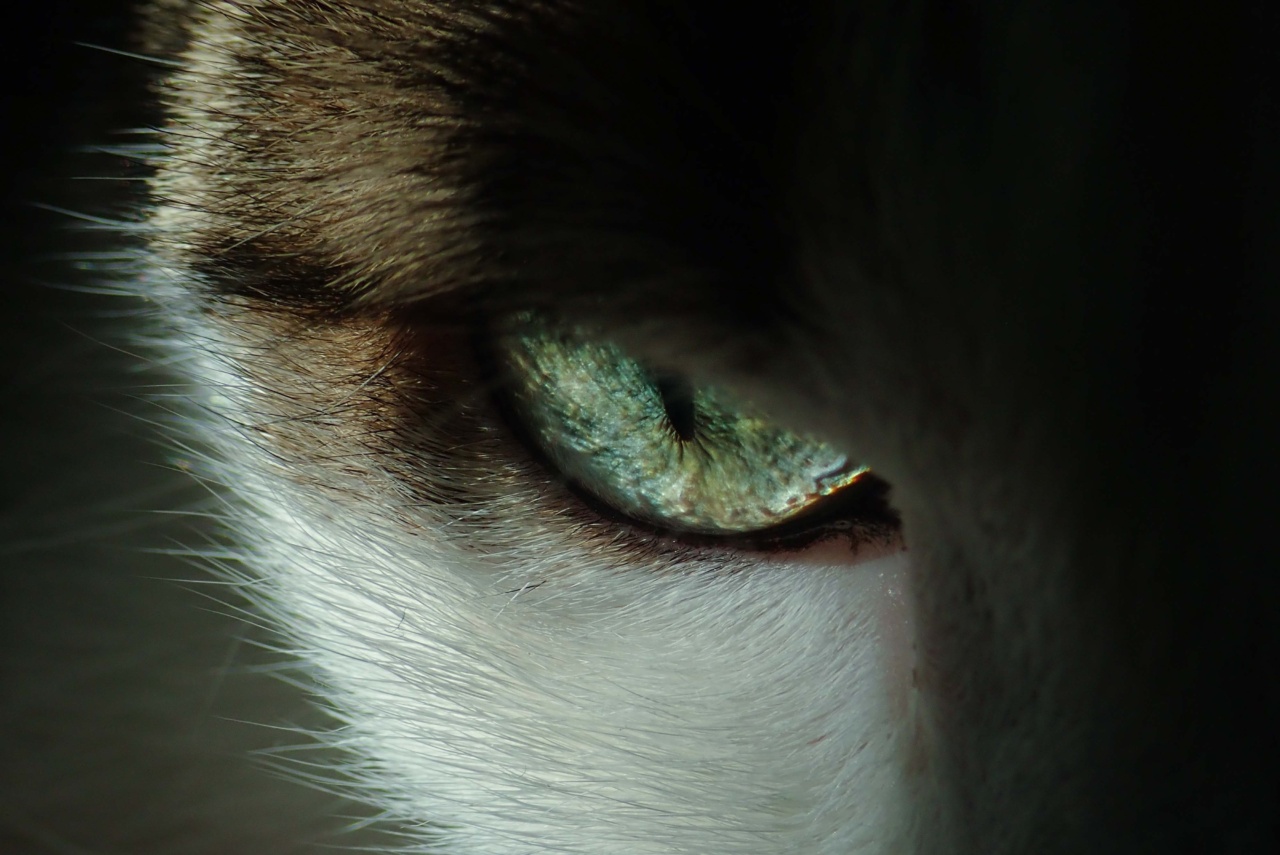Gray hair is often associated with the aging process, but it can occur at any age, even in young adults.
While genes play a significant role in determining when and how we develop gray hair, there are other contributing factors that scientists have identified. This article will explore three key factors behind early graying, shedding light on the science behind this phenomenon.
1. Genetic Predisposition
Genes are the major determinant when it comes to graying hair. Your genetic makeup plays a crucial role in how quickly and early your hair turns gray. The melanin pigment responsible for hair color production is regulated by various genes.
Mutations or variations in these genes can lead to premature graying.
One such gene is called the MCR1 gene, which regulates the production of the pigment called melanin.
Melanin gives our hair its color, and if there are fluctuations in its production due to genetic mutations, it can result in premature graying.
Recent research has also identified a gene called IRF4 that is associated with hair graying. Scientists have found that variations in this gene can decrease melanin production, leading to the appearance of gray hair at an early age.
2. Oxidative Stress
Oxidative stress is another significant factor contributing to premature graying. It occurs when there is an imbalance between free radicals and antioxidants in the body.
Free radicals are highly reactive molecules that can damage cells and DNA, leading to various signs of aging, including graying hair.
With age, our body’s antioxidant defense system weakens, making it difficult to neutralize the harmful effects of free radicals. This can result in increased oxidative stress and damage to the melanocytes, the cells responsible for hair color.
As a result, melanin production is affected, and hair turns gray.
Additionally, factors such as smoking, environmental pollutants, and certain medical conditions can further increase oxidative stress, accelerating the graying process.
It is crucial to maintain a healthy lifestyle and protect yourself from excessive exposure to damaging free radicals.
3. Stress and Emotional Factors
Stress has long been associated with various health issues, and gray hair is no exception. While there is a popular notion that stress can turn hair gray overnight, the reality is more nuanced.
Chronic stress, however, can speed up the graying process in susceptible individuals.
When we experience stress, it triggers the release of stress hormones, such as cortisol, which can potentially disrupt the normal functioning of hair follicles.
This disruption can affect melanin production and lead to the premature depletion of melanocytes, resulting in the appearance of gray hair.
Moreover, extreme emotional distress or trauma can trigger a condition called “telogen effluvium,” where a significant portion of hair follicles prematurely enters the resting phase.
As new hair replaces the old, it may come in gray rather than the original color, leading to premature graying.
Embracing Gray Hair
While the above factors contribute to early graying, it is essential to remember that gray hair is a natural part of the aging process.
However, if premature graying bothers you, there are various options available to manage or cover it, such as hair dyes, highlights, or embracing your natural hair color.
Understanding the science behind early graying can also help foster acceptance and reduce unnecessary stress associated with societal beauty standards. Many consider gray hair as a sign of wisdom, experience, and maturity.
Embracing your gray hair can be a powerful statement of self-confidence and beauty.
Remember, gray hair does not define you; it is only a small part of your unique and incredible journey through life.




























